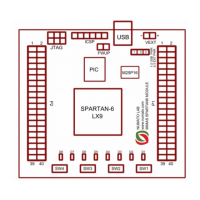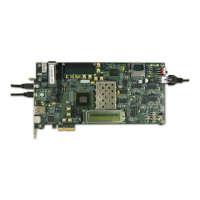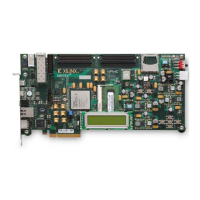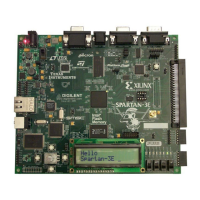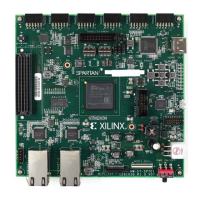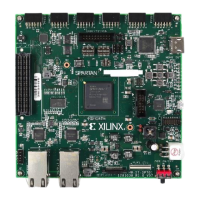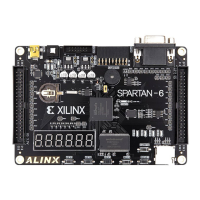Spartan-6 FPGA PCB Design and Pin Planning www.xilinx.com 9
UG393 (v1.1) April 29, 2010
Chapter 1
PCB Technology Basics
Printed circuit boards (PCBs) are electrical systems, with electrical properties as
complicated as the discrete components and devices mounted to them. The PCB designer
has complete control over many aspects of the PCB; however, current technology places
constraints and limits on the geometries and resulting electrical properties. The following
information is provided as a guide to the freedoms, limitations, and techniques for PCB
designs using FPGAs.
This chapter contains the following sections:
• PCB Structures
• Transmission Lines
• Return Currents
PCB Structures
PCB technology has not changed significantly in the last few decades. An insulator
substrate material (usually FR4, an epoxy/glass composite) with copper plating on both
sides has portions of copper etched away to form conductive paths. Layers of plated and
etched substrates are glued together in a stack with additional insulator substrates
between the etched substrates. Holes are drilled through the stack. Conductive plating is
applied to these holes, selectively forming conductive connections between the etched
copper of different layers.
While there are advancements in PCB technology, such as material properties, the number
of stacked layers used, geometries, and drilling techniques (allowing holes that penetrate
only a portion of the stackup), the basic structures of PCBs have not changed. The
structures formed through the PCB technology are abstracted to a set of physical/electrical
structures: traces, planes (or planelets), vias, and pads.
Tra c e s
A trace is a physical strip of metal (usually copper) making an electrical connection
between two or more points on an X-Y coordinate of a PCB. The trace carries signals
between these points.
Planes
A plane is an uninterrupted area of metal covering the entire PCB layer. A planelet, a
variation of a plane, is an uninterrupted area of metal covering only a portion of a PCB
layer. Typically, a number of planelets exist in one PCB layer. Planes and planelets
distribute power to a number of points on a PCB. They are very important in the

